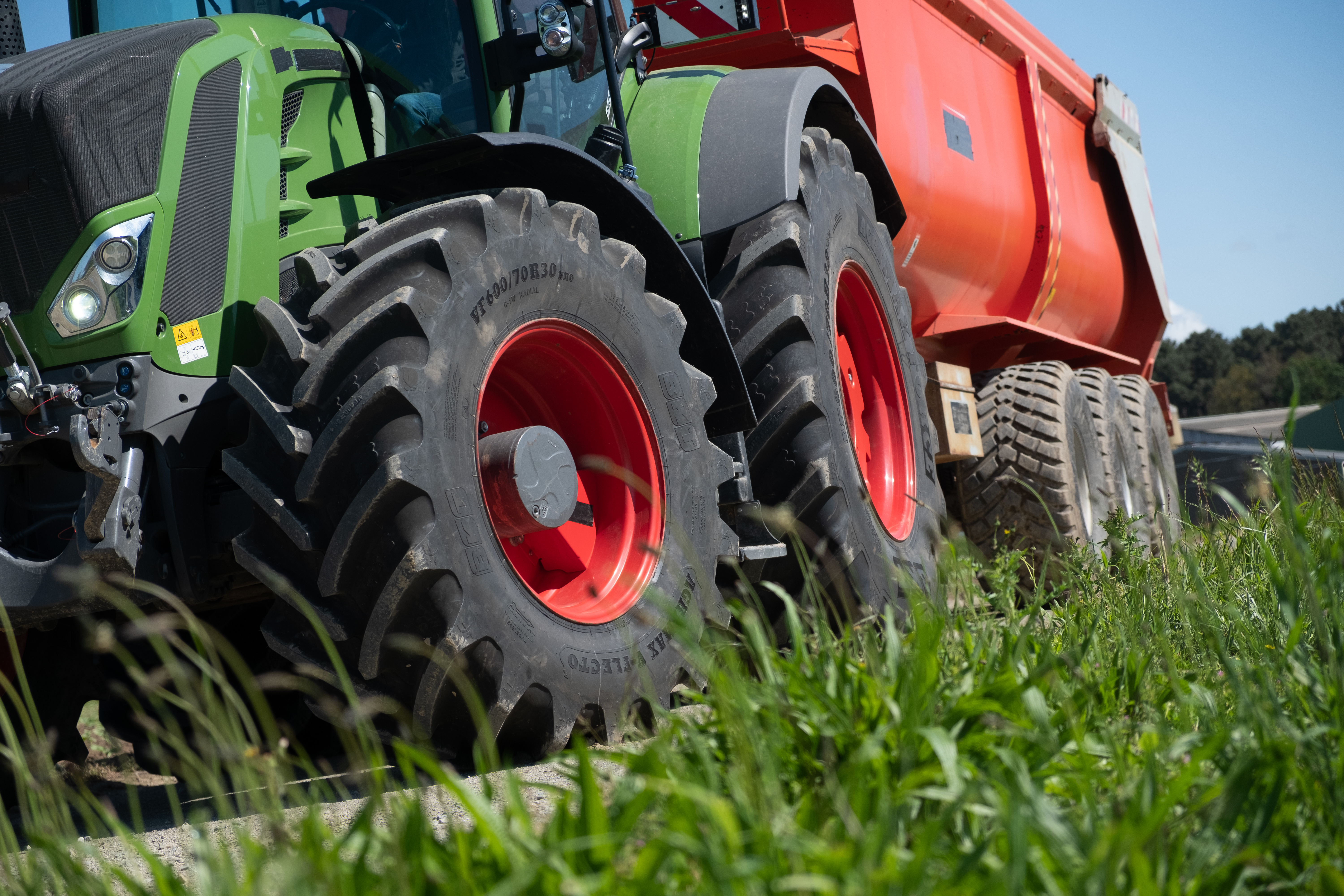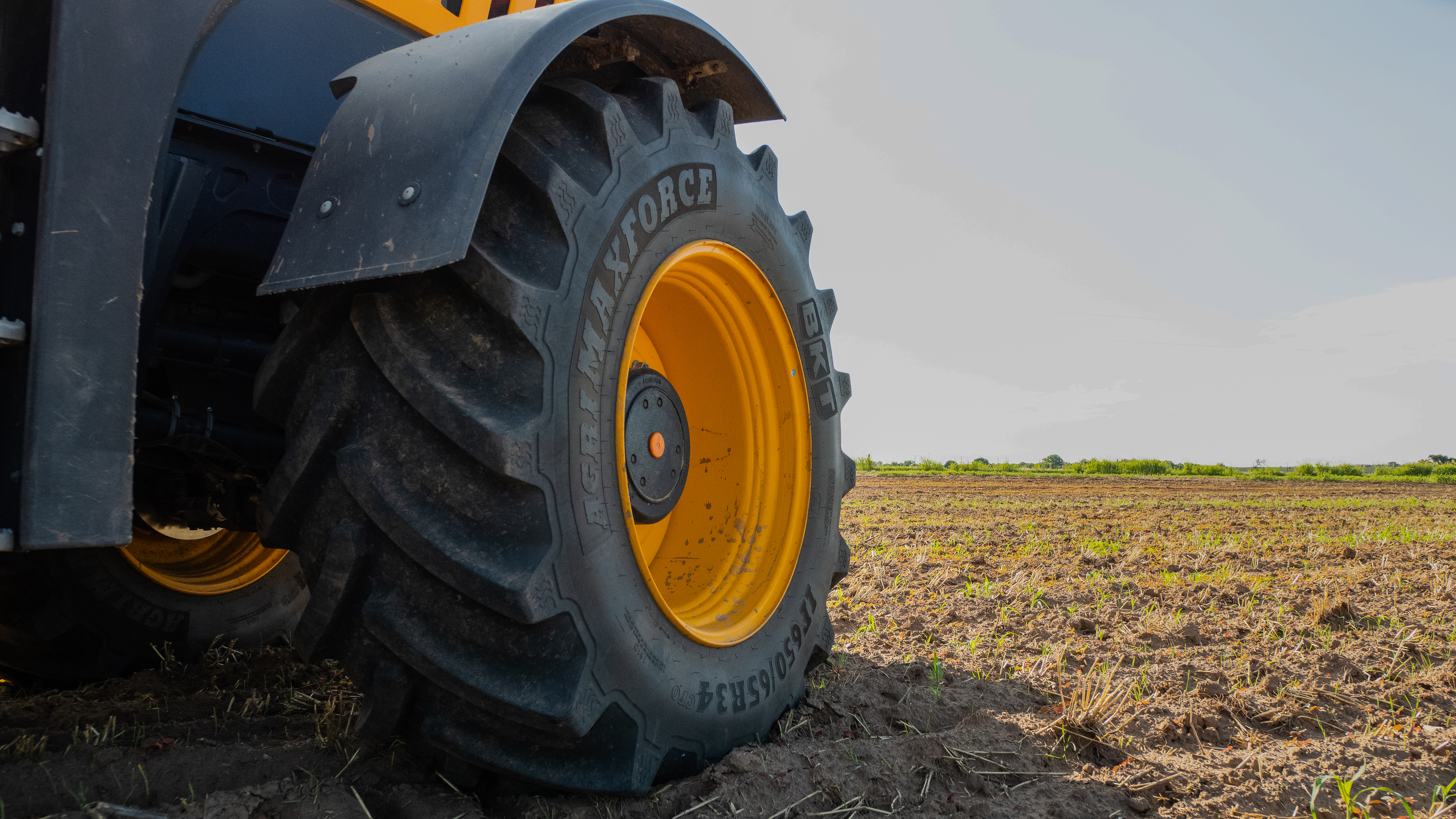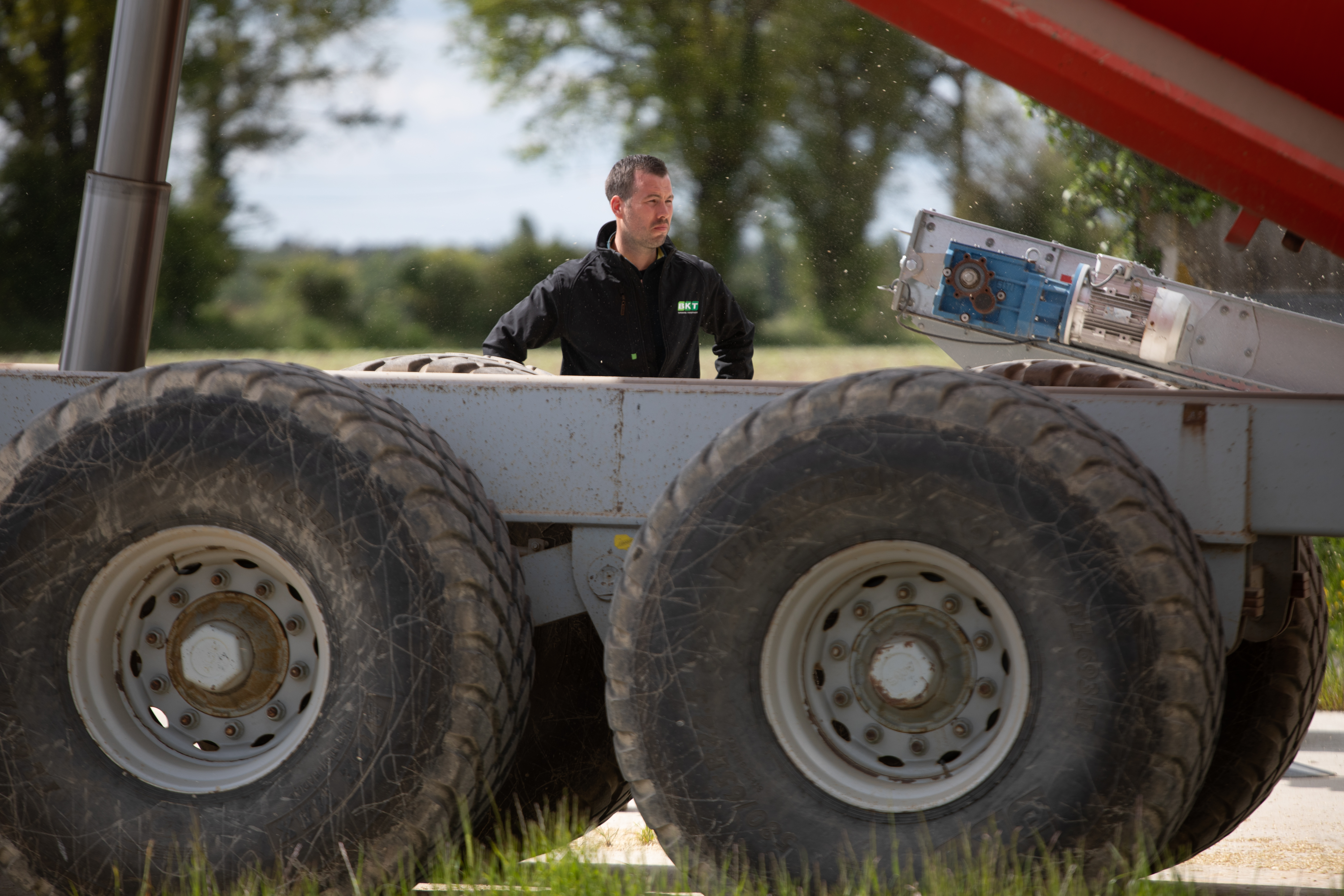


.jpeg)
Among the most accessible solutions for farmers and agri-contractors is a careful assessment of traction systems and related technologies used on agricultural machinery. The best technology choice depends on farm needs, soil conditions, and crop types. Balancing costs and benefits is key to managing soil sustainably while maximising productivity. Investing in innovative tools and adopting targeted agronomic strategies can make a real difference in protecting soil quality and ensuring long-term sustainability. One significant innovation is the use of central tire inflation systems (CTIS), which allow operators to adjust tire pressure depending on the terrain and working conditions. On the road, higher pressure—between 2 and 10 bar—ensures stability and safety, while lower pressure in the field minimises compaction and improves traction. The main advantages of CTIS include better grip with reduced slippage, up to 16% lower rolling resistance (according to some studies), over 15% savings in fuel consumption, improved driving comfort, and extended tire life. In addition to CTIS, wide or low-pressure tires (VF and IF)—typically operating below 1 bar—help distribute machine weight more evenly and reduce compaction. Twin wheels, where two tires of equal diameter are paired, are another cost-effective option that increases ground contact area without a major investment. The use of rubber or steel tracks is among the most advanced solutions for minimising ground pressure. Thanks to their large contact surface, tracks improve traction and reduce sinkage, allowing optimal weight distribution across the soil. Stay with us to discover more solutions and innovations for a more sustainable agriculture!
.jpg)